Affiliate links on Android Authority may earn us a commission. Learn more.
What to do when your Mac won't update
Published onOctober 4, 2022
Macs rely a lot on updates. It doesn’t just update the OS and improve security. Safari, the Mac App Store, and several other important system apps rely on software updates as well. Just because you need an update doesn’t mean your Mac wants to listen, however. There are a variety of reasons why your Mac won’t update. We’ll go through them so you can get updated and back to it.
Read more: How to reset SMC on any Mac
QUICK ANSWER
To fix a Mac that isn't updating, there are a variety of things you can try. We recommend double-checking your Internet connection, your storage space, and giving your machine a quick reboot. If that doesn't work, try safe mode or reinstall the OS manually. Worst case, you can install updates manually.
JUMP TO KEY SECTIONS
What to do when your MacBook won’t update
There are a few different, common remedies that may help. These are fairly simple things to check. Sometimes, it’s easy to miss the simple stuff.
Make sure your MacBook has an active Internet connection
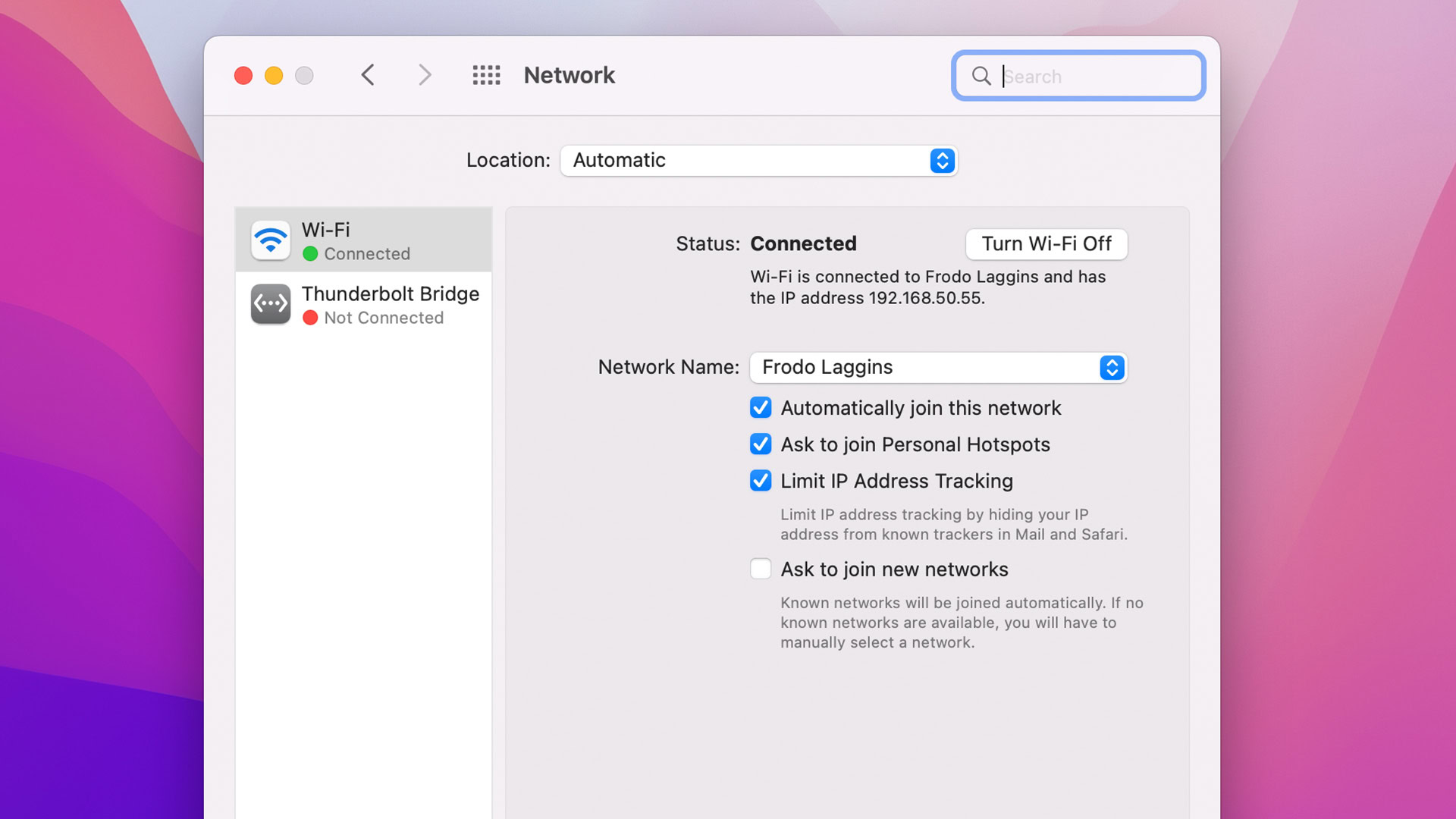
This seems like a pretty obvious thing, but updates do come from the Internet, and you need an active connection. Sometimes a Mac may disconnect from the Internet. We’ll take you through some basic steps to get it back online.
- In the top right corner, click the Wi-Fi icon and then Network Preferences.
- A window will open. Check where it says Status. If it says Connected, you’re connected to the Internet. Run a quick speed test to see if your Internet is working properly.
- If not, the left side of the Network Preferences has your connection options.
- If you use Wi-Fi, click where it says Wi-Fi, go to where it says Network Name in the window, and connect to your router’s SSID.
- If you use an ethernet connection, ensure your Mac is plugged into the modem. If it doesn’t work, try rebooting your modem, a different cable, or a different adapter if you use an ethernet adapter.
- Once you get back online, try updating again.
Check to see if you have enough storage space
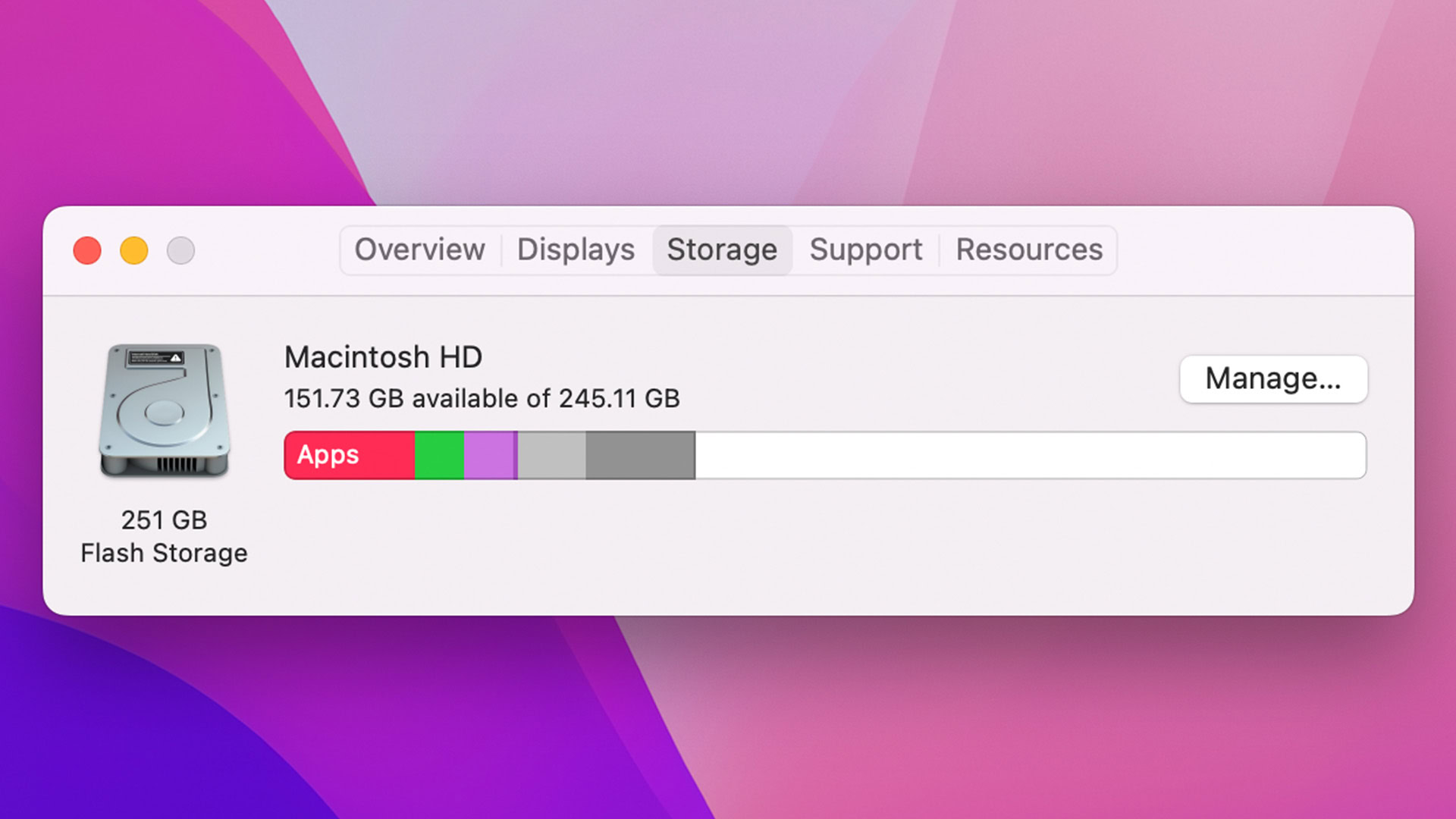
Updates require both RAM and storage to download. You don’t need a lot of RAM, so that’s almost never an issue, but if you have an app that eats a lot of RAM, maybe try exiting out of it for a bit. Storage, on the other hand, is absolutely required. Updates can be pretty big sometimes. Let’s go through some quick steps to see if you have storage.
- Click the Apple menu button and select About This Mac.
- At the top of the window, click the Storage option.
- Your Mac will calculate the storage remaining. If you have a bunch of storage remaining, this isn’t your problem. If you don’t, keep reading.
- Once calculated, you’ll get to see how much space is taken up by documents, apps, music, and system data.
- You may need to offload some files to cloud storage or a flash drive to make room. Also, make sure your trash is emptied out.
- Your Mac also keeps track of what it calls purgeable space. Simply reboot to clear that out and gain a couple of extra GB of space in some cases.
- Once you increase the amount of storage available on your machine, try updating again.
Try a simple reboot
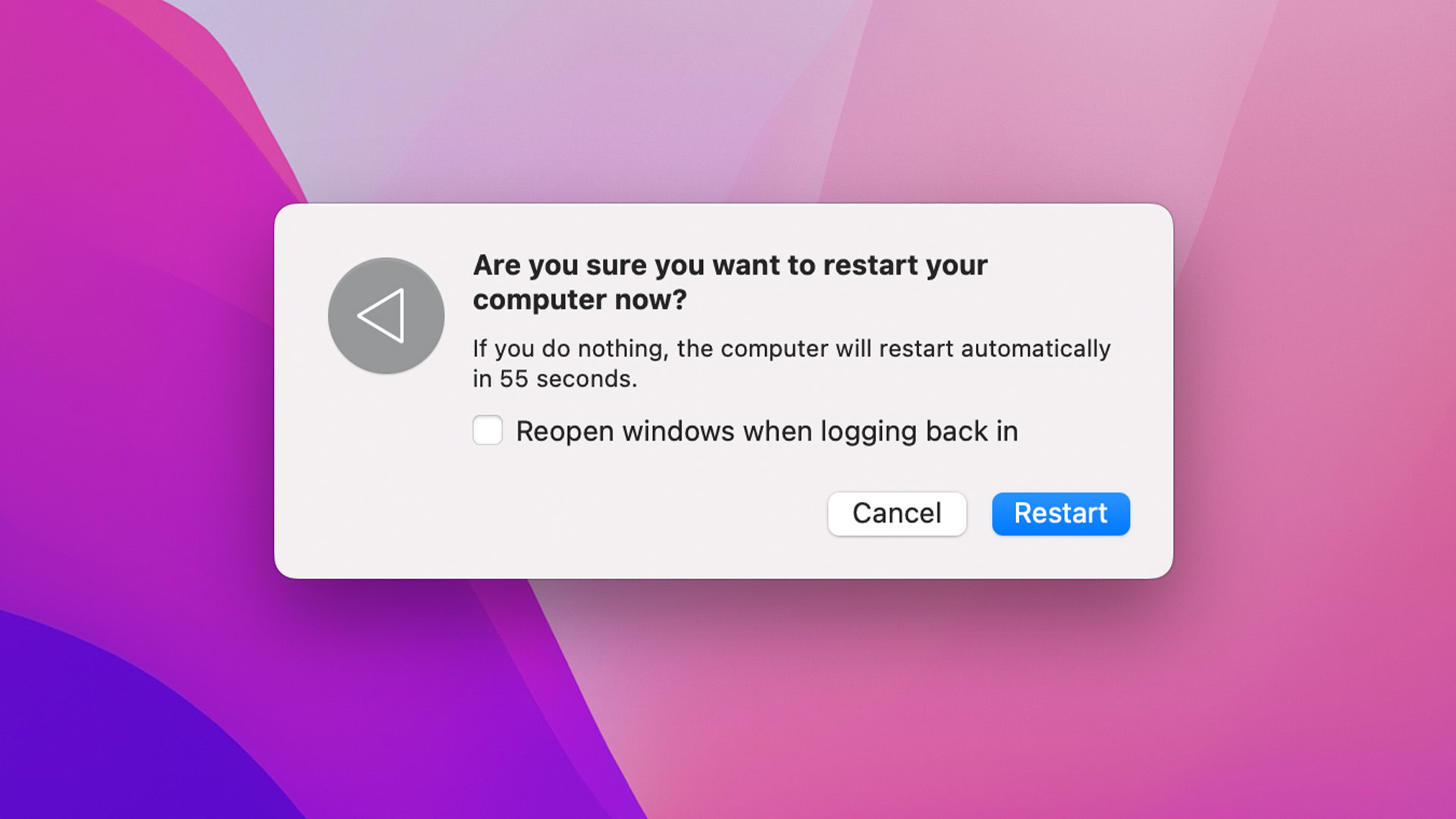
Sometimes, things just mess up. This is a pretty simple recommendation, but try rebooting the machine to see if that unsticks the update. Rebooting can also clear things out of RAM, purge some of your storage space, and just freshen things up. This is especially common if you go weeks or months between reboots on your Mac.
Simply click the Apple menu to find the reboot options.
Try rebooting your MacBook to safe mode
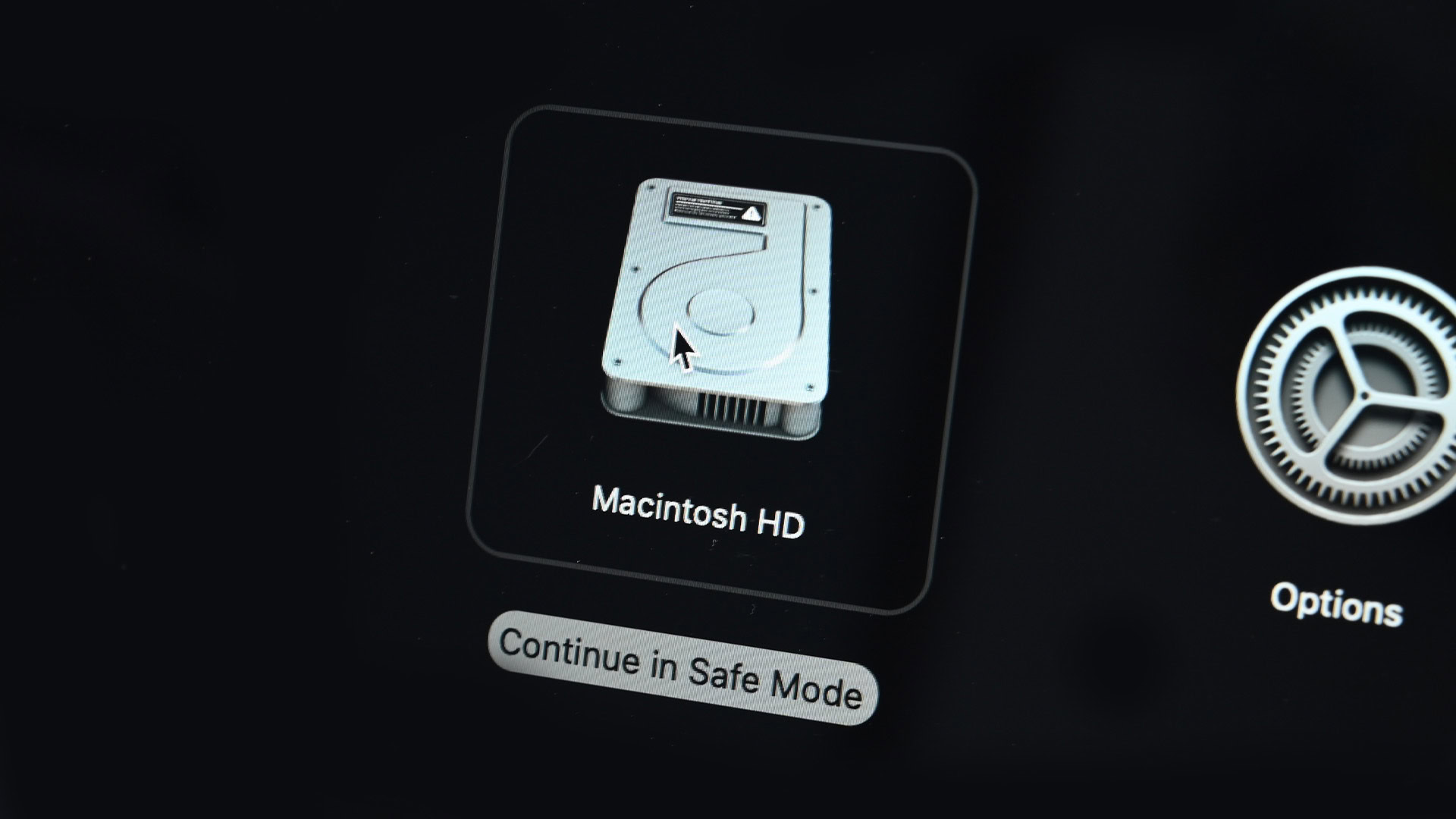
Sometimes, it gets bad enough to where you need to boot into safe mode. Safe mode boots the OS in such a way that it uses the bare minimum in terms of files and apps. If an app or something is blocking the update, you can usually get passed it in safe mode.
Need help? Use our tutorial here: How to boot macOS into safe mode
Try reinstalling macOS without deleting your data
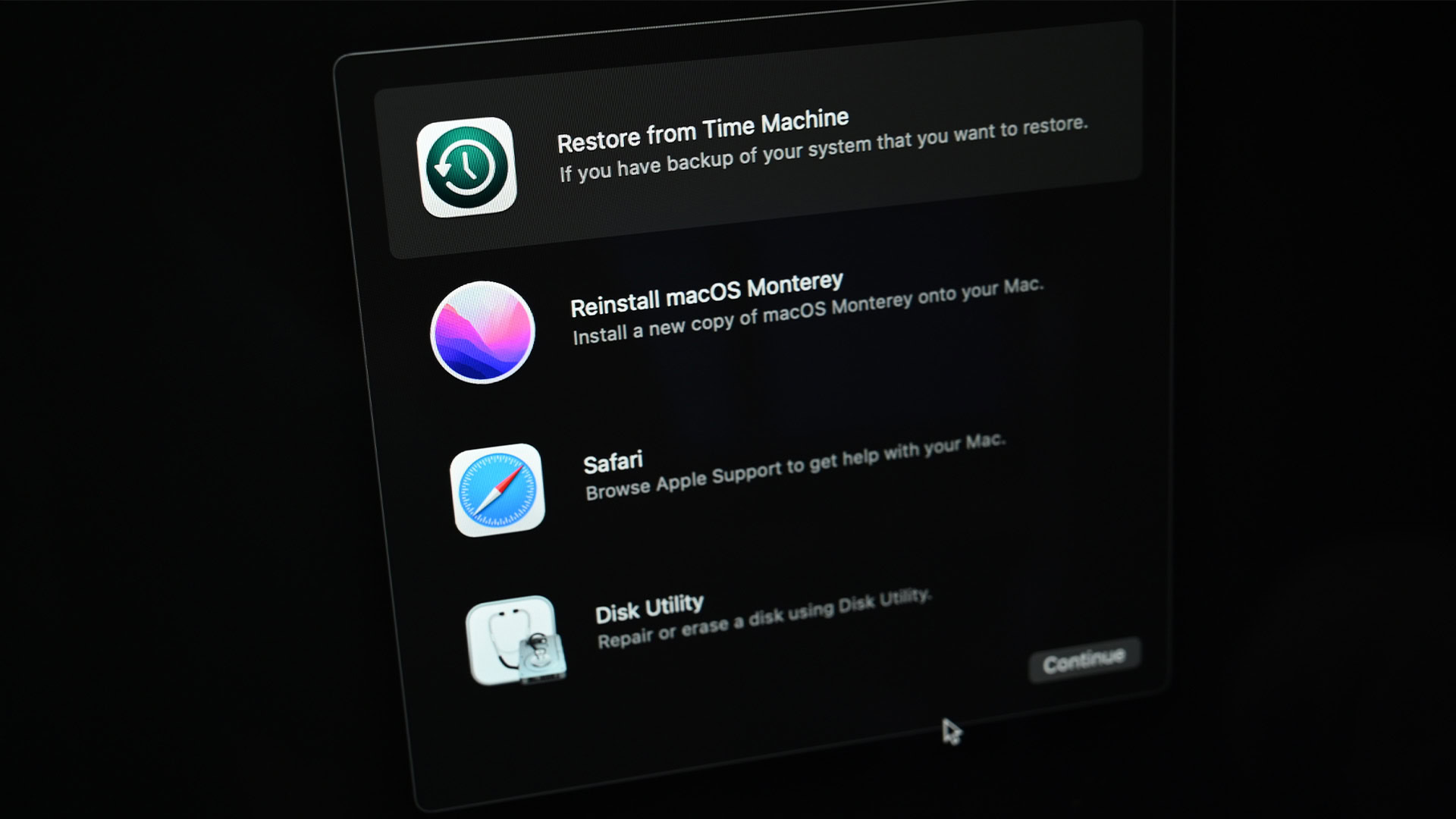
Corruption isn’t a common problem with macOS, but it is something that can happen. It’ll block updates and cause other issues as well. Luckily, Apple knows this. It is possible to reinstall your whole operating system without wiping your data. Of course, you should have a backup anyway in case something goes wrong.
To reinstall macOS, boot into your Mac’s recovery to find the option to install the OS. Make sure your Mac is connected to the Internet first because it’ll download the OS from there.
Need more assistance? Try this: How to reinstall macOS on any Mac
Download the update manually
If all else fails, you can literally download the update and apply it yourself. This is easy enough to do, and it’s like downloading almost any other file. Apple has support websites with downloads. Make sure you only download system updates directly from Apple’s website and never from anywhere else.
Install the latest update
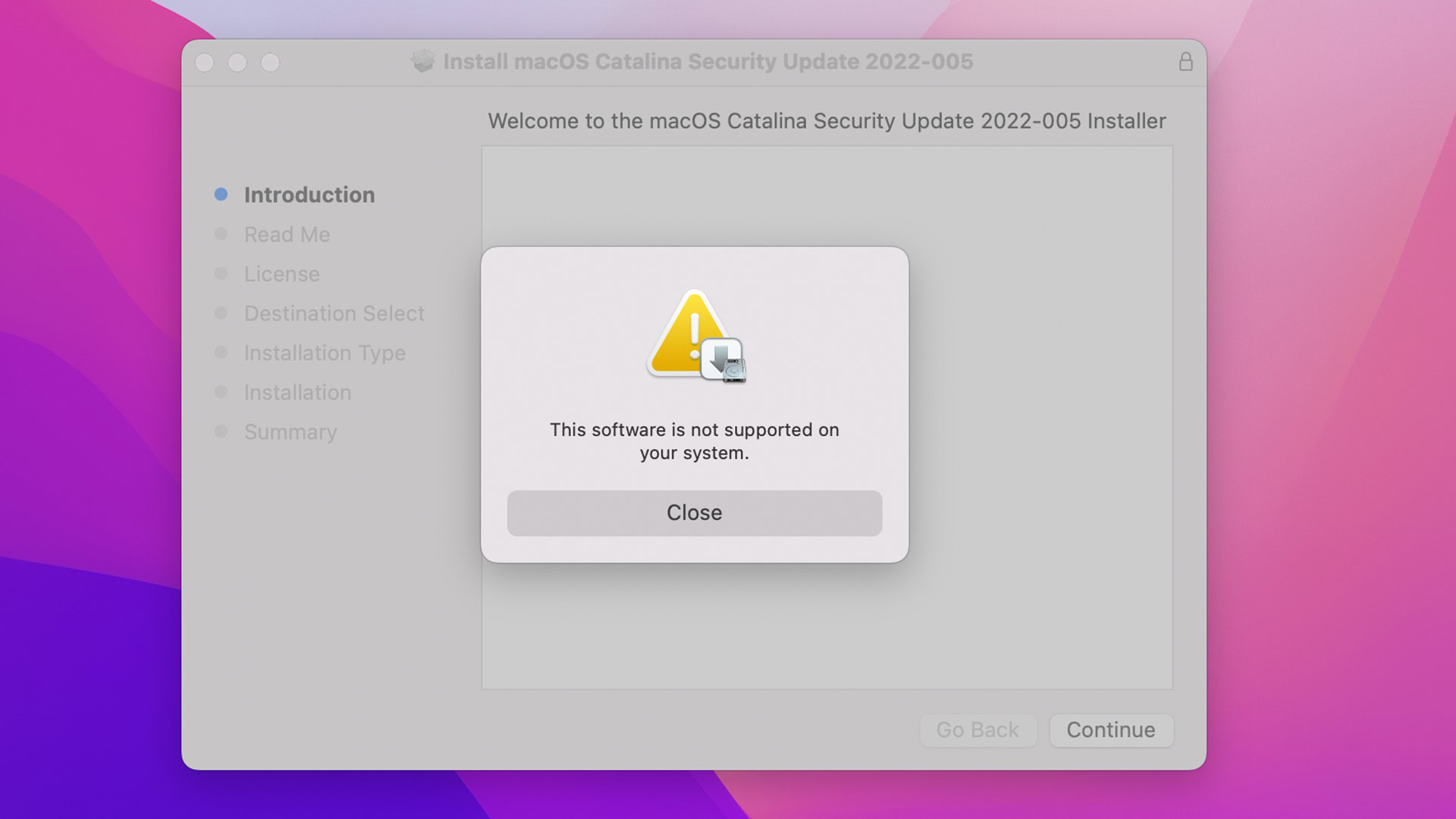
- Head to this link and download the latest update directly from Apple.
- The download should come in DMG format.
- Open your Download folder and double-click on the DMG you downloaded to open it.
- Once open, double-click on the icon.
- The update installer should open. Follow the instructions to begin the installation.
- Once done, the update should apply.
- Note — My MacBook is up to date, which is why the screenshot above shows an error message. You won’t get the error message if it’s an update your system actually needs.
Install an OS update

- Head to this link and click the OS version you wish to install.
- It should open the Mac App Store to the page with the OS you want to install.
- Tap the Get button.
- The Software Update window should open and, after a brief moment, ask you to download the OS. Hit Download to continue.
- After the Software Update tool finishes downloading, you’ll begin the installation.
- Simply follow the instructions to begin the installation.
For OS versions Sierra 10.12 and lower, you’ll have to download a DMG. Simply follow the instructions for the latest update above to install that one.
Up next: Why is the App Store not loading and how to fix it on Mac
FAQ
Honestly, your best bet is to take it to an Apple store. The above solutions are the most common issues and should fix most problems, but there are literally dozens of reasons that a Mac refuses to update that may be unique to your computer.